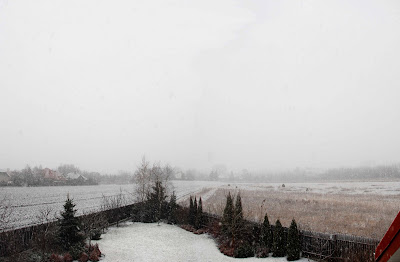Lent is now two and half weeks away, and so I prepare. This year I intend to go more extreme in limiting my diet, with the aim of physical and spiritual renewal. Having done vegetarian last year, I shall attempt to go vegan this year. Self-denial has nothing, in my case, to do with preparation for Easter, the commemoration of the crucifixion and resurrection of Joshua bin Joseph, a
khristos of Nazareth. It's to do with cleansing the body and strengthening the will. It also has signficant spiritual benefits, about which I shall blog throughout Lent.
As always, alcohol and
caffeine are dropped. I've had days when my liquid intake has been nothing but caffeine and alcohol - coffee in the morning, lunchtime beer, coffee in the afternoon, beer/wine/spirits in the evening. The one balances out the other. Too much alcohol leads to a headache. And
headaches are relieved by caffeine. Remove just one from the equation and problems occur. As Danny the Dealer says in
Withnail and I, "Why trust one drug rather than the other". Apart from that one double espresso I drank at the Radisson hotel in Kraków last Wednesday, I've now stopped drinking coffee. Result - near-permanent low-level headache. Still drinking alcohol though - today, some Chilean Sauvignon Blanc.
I have discovered, though, that the green tea I've been drinking to gently come off caffeine is actually quite rich in the stuff, though not so rich as the two heaped tablespoons of Lavazza Crema that go into my caffetiere each morning.
A word about Lent's duration. The prescribed time is 40 days, yet it is actually 46 days between Ash Wednesday and Easter Sunday. The reason is that the six intervening Sundays are not days of fasting (Sundays are still celebrations of The Resurrection). I do all 46 days. It's one eighth of the year. And having done this for the past 16 Lents, I can assure my readers it's a worthwhile effort. Indeed, after the extensive libations of Yuletide, the body quite craves the quiet of Lent.
The time of year is no coincidence - historically, Christianity's main fasting period was ideally placed to occur during the hungriest time of year in the northern hemisphere; when winter stores are running low and there is still several weeks before the first fruits of the season appear.
 At my parents' in London. My parents have been looking through their old photographs, and this one (right) caught their eye.
At my parents' in London. My parents have been looking through their old photographs, and this one (right) caught their eye.





















































